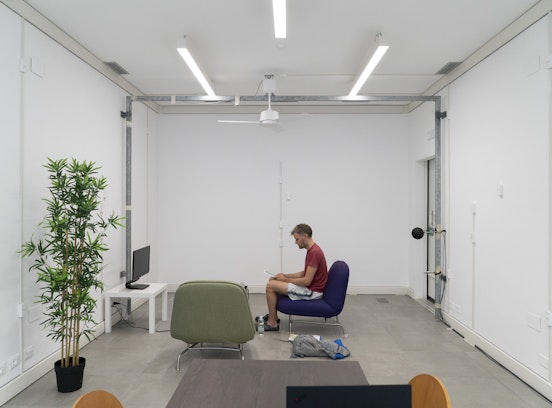Breath
IT BZ Breath - Indoor air quality and health in Province offices
- Project duration: -
- Project status: finished
- Funding: Other Province BZ funding (Province BZ funding / Project)
- Total project budget: €276,350.00
- Institutes: Institute for Renewable Energy, Center for Sensing Solutions
In Western countries, people spend a large part of their time inside the buildings where they live, work, and spend their free time. In the previous decades, the priority was to considerably reduce the energy consumption of buildings and the related carbon dioxide (CO2) emissions, but often the same attention was not paid to the need to ensure adequate ventilation and therefore to the(indoor air quality (IAQ).
Office buildings are a particularly sensitive category as people spend a lot of time there, but, as end users of the building, they often have limited ability to control the ventilation and therefore the IAQ. Several studies have dealt with evaluating the air quality in offices focusing on various issues such as perceived IAQ, the relationship between IAQ and productivity, the so-called sick building syndrome (SBS), the importance of the quality of outdoor air and the link between ventilation and energy consumption.
In 2020, there were 108 buildings in the Province of Bolzano used for office use, they were second only to school buildings for overall energy consumption, and it is essential to act simultaneously on their energy consumption and on IAQ to guarantee comfortable and healthy spaces (and therefore more productive) while minimizing the related energy consumption.
The project has the general purpose of evaluating and contributing to improving the quality of the air inside the office buildings managed by the Autonomous Province of Bolzano. By combining building and medical expertise, the project aims to achieve five key results: (R1) Assessment of IAQ and its effects on health in an exemplary case study including also considerations on the risk of contagion from viruses such as COVID19; (R2) List of indoor air contaminants with indication of their relevance; (R3) Indicator to assess the overall chronic exposure to multiple pollutants; (R4) Standard report on the healthiness of a building based on periodically repeated subjective measurements and assessments; (R5) Provincial IAQ database in the offices.
The aim is to understand the current situation (R1) and implement a strategy to ensure adequate IAQ in the medium and long term in office buildings (R4) based on clear priorities (R2), well-defined and context-appropriate indicators (R3) and an organized management system for the collected data (R5).
Torriani G, Torresin S, Lara-Ibeas I, Albatici R, Babich F (2024)
Elsevier BV
Journal article
Building and Environment
More information: http://dx.doi.org/10.1016/j.buildenv.2024.111645
Torriani G, Ibeas IL, Babich F (2024)
Conference proceedings article
Conference: Aicarr 53rd international conference | Milan | 12.3.2024 - 13.3.2024
More information: https://www.e3s-conferences.org/articles/e3sconf/abs/2024/53 ...


